The Secret Life Of Dolphins: Into A Pod When No One’s Looking
Dolphins could be described as man’s best friend in the waters. But how do they act when we’re not looking?
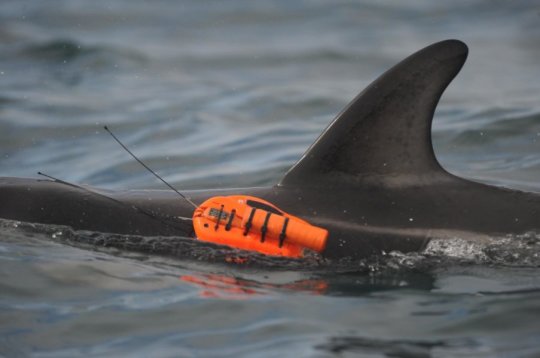
Dolphins typically like to hang out with humans, we all know that. They’re playful, friendly, and acrobatic when they spot friendly humans around them. But does their behavior change when we are not looking?
A team of scientists set out to find out that information.
Secret Life Of Dolphins: What Scientists Seek To Learn
Researchers fitted tiny cameras onto 8 wild dusky dolphins and were able to capture almost 10 hours of footage showing the marine mammals doing things humans had rarely witnessed before.
This research is the first of its kind and showed mothers of the species interacting with their calves, playing in kelp seaweed forests, and so on. Also, scientists witnessed some unusual displays of affection between pod members, specifically a habit of rubbing flippers.
The team was made up of researchers from the University of Sydney (the Charles Perkins Centre) and the University of Alaska Southeast.
Dr Gabriel Machovsky-Capuska from the University Of Sydney reports that they did not use invasive underwater housings or wildlife crews. And the dolphins were in no way affected by the cameras.
Cameras Used
The project deployed cameras loaded with memory boards, high frequency transmitters, and satellite transmitters. Each one had a battery designed to last for about 6 hours.
However, attaching the cameras on to the dolphins was quite challenging. For one thing, unlike other species like Orcas or even common bottlenose dolphins, dusky dolphins are relatively small. Also, they are fast, so getting close enough to them in a bobbing boat was tough.
In addition, their small size meant that there’s limited surface on the animal’s body and just a small window of time to quickly deploy the tag as the dolphins swim past.
They were able to successfully attach the devices using suction cups, long poles, and Velcro pads. The project lasted between December 2015 and January 2016 and took place in the waters around New Zealand.
“For the first time, these cameras have given us the opportunity to see what dolphins do on their own terms,” – Dr. Gabriel Machovsky-Capuska, School of Veterinary Science and Charles Perkins Centre, University of Sydney.
You can read more about the results as published in the Marine Biology Journal or watch a brief video extract from the footage below.
Plans To Capture Other Marine Species
The exercise was so revealing that the group hopes to repeat the procedure with other marine creatures like sharks for instance.
But what does all this seek to achieve?
- Rather than being an avenue to just satisfy our curiosity about what these creatures do when we are not looking, there are some conservation benefits too. For example, getting a better idea about the kind of challenges the creatures face in their natural
- In areas with a lot of human activity (like shipping routes, tourism, etc.), this kind of footage could pinpoint the impact on the dolphins.
- Help to better comprehend the health and balance of marine environments including the dolphins’ prey that humans also fish. This includes different species of fish and squid that humans consume in large quantities.
Ultimately, collecting this data will help us better understand how our own activities impact marine creatures and their ability to feed, grow, mate, and raise their young.

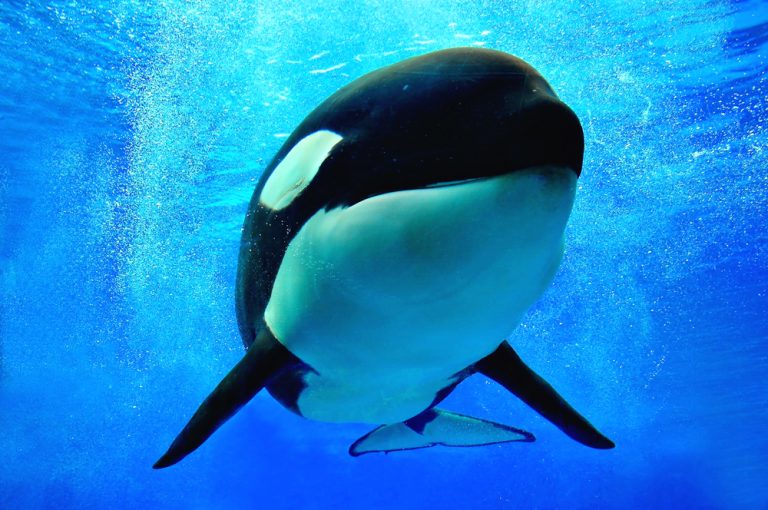
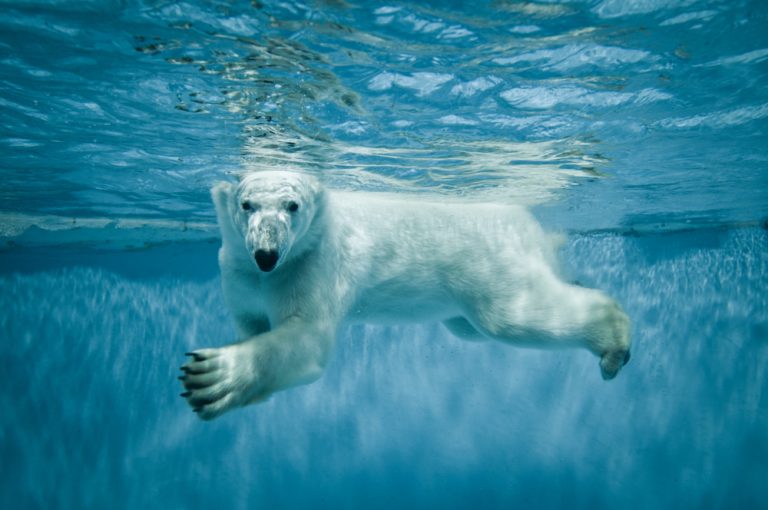
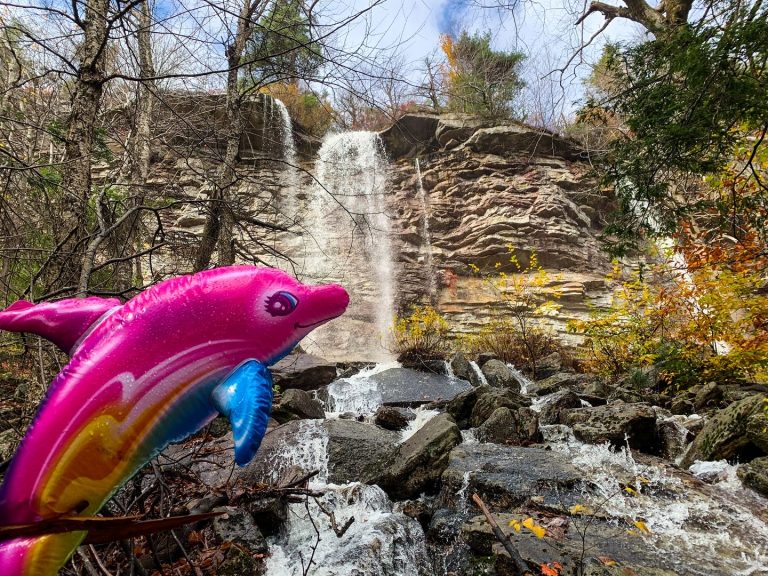
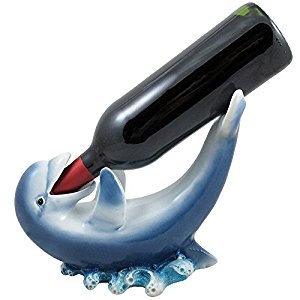
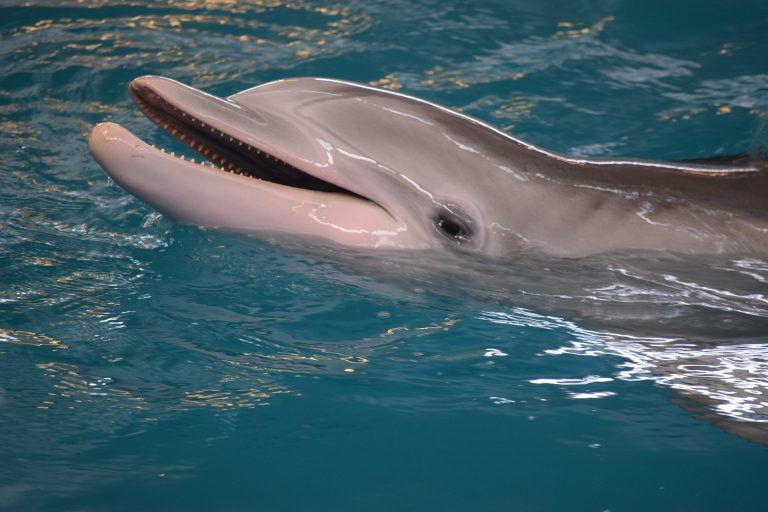
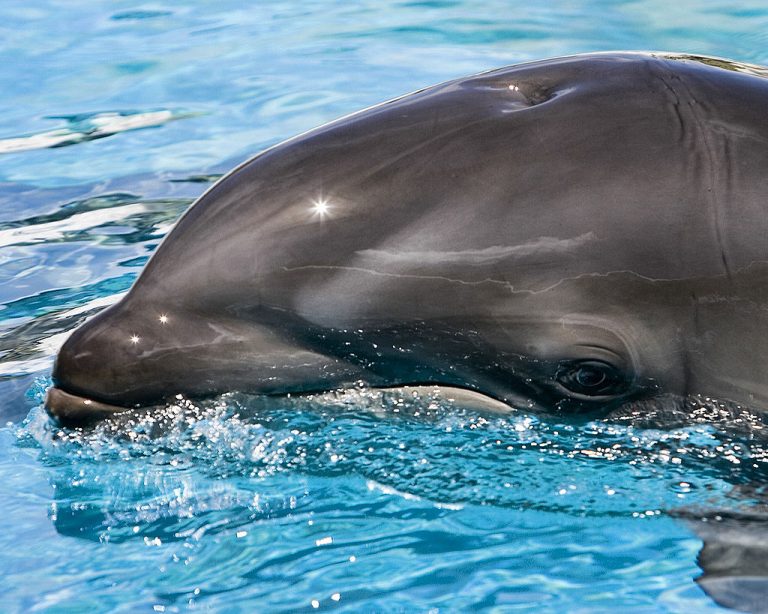
Amazing the things they do to learn more! It’s going to be wonderful to see what can be learned and what can be done to help them!